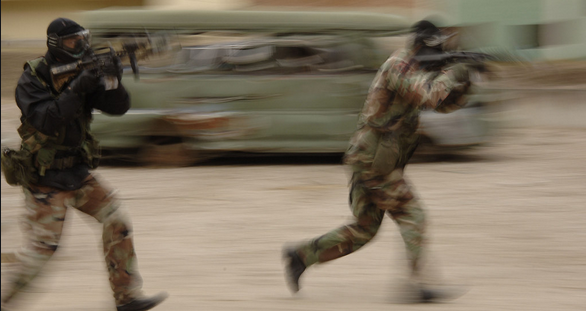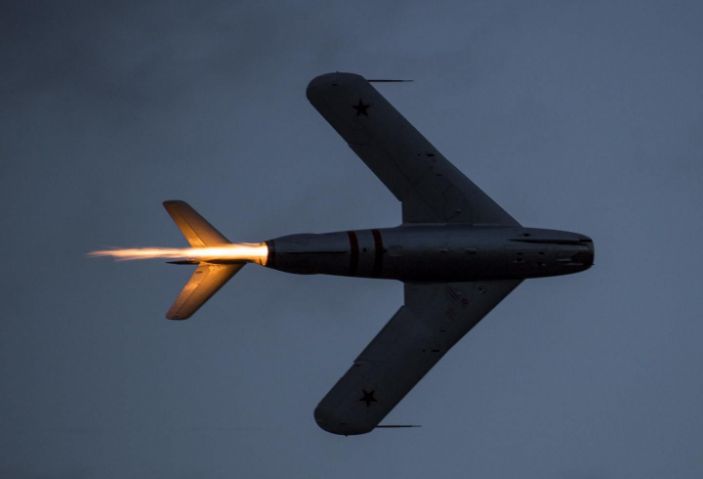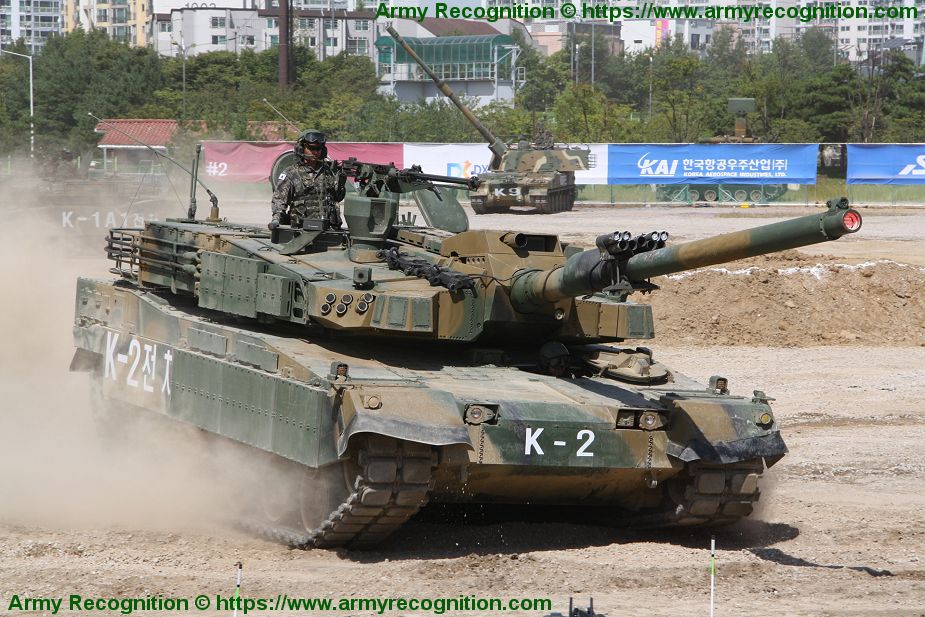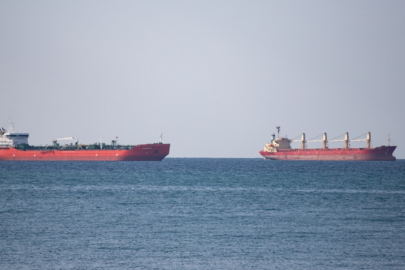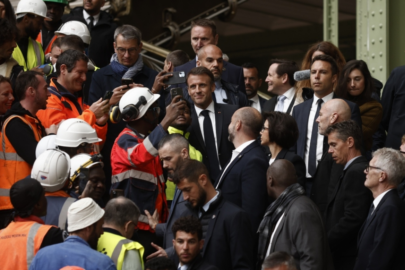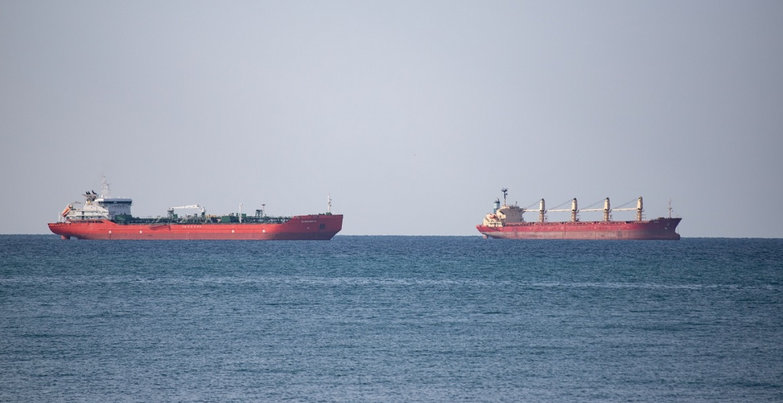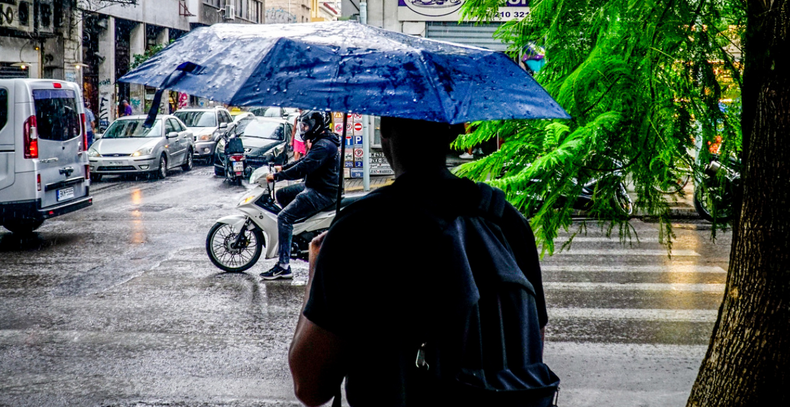On November 15, 1974 a squad of South Korean soldiers stationed near Korangpo-ri, on the Korean demilitarized zone, noticed steam rising from the earth’s surface near to where they were camped out.
Lt. Col. Michael Wikan, who served as a G-3 operations officer in Korea, recounted what happened next in the book Espionage and the United States During the 20th Century, by Thomas Murray:
One of the ROK soldiers with sharp eyes noticed the heat waves rising from the ground and went to the location to investigate. When he heard voices up from the small hole, he fastened his bayonet to his rifle and probed—and more earth crumbled. When he fired his rifle into the hole, a volley of North Korean bullets flew back at him from the tunnel—and then silence. The South Korean squad reported the incident and dug a hole to open the tunnel, but no one entered.
South Korean troops across the 160-mile-long DMZ had overheard explosions and subterranean activity for over a year, and noticed heavy digging equipment moving around on the North Korean side of the border. This, however, was the first tunnel to be located—but nobody was in a rush to find out what was inside.
Read more: national interest

